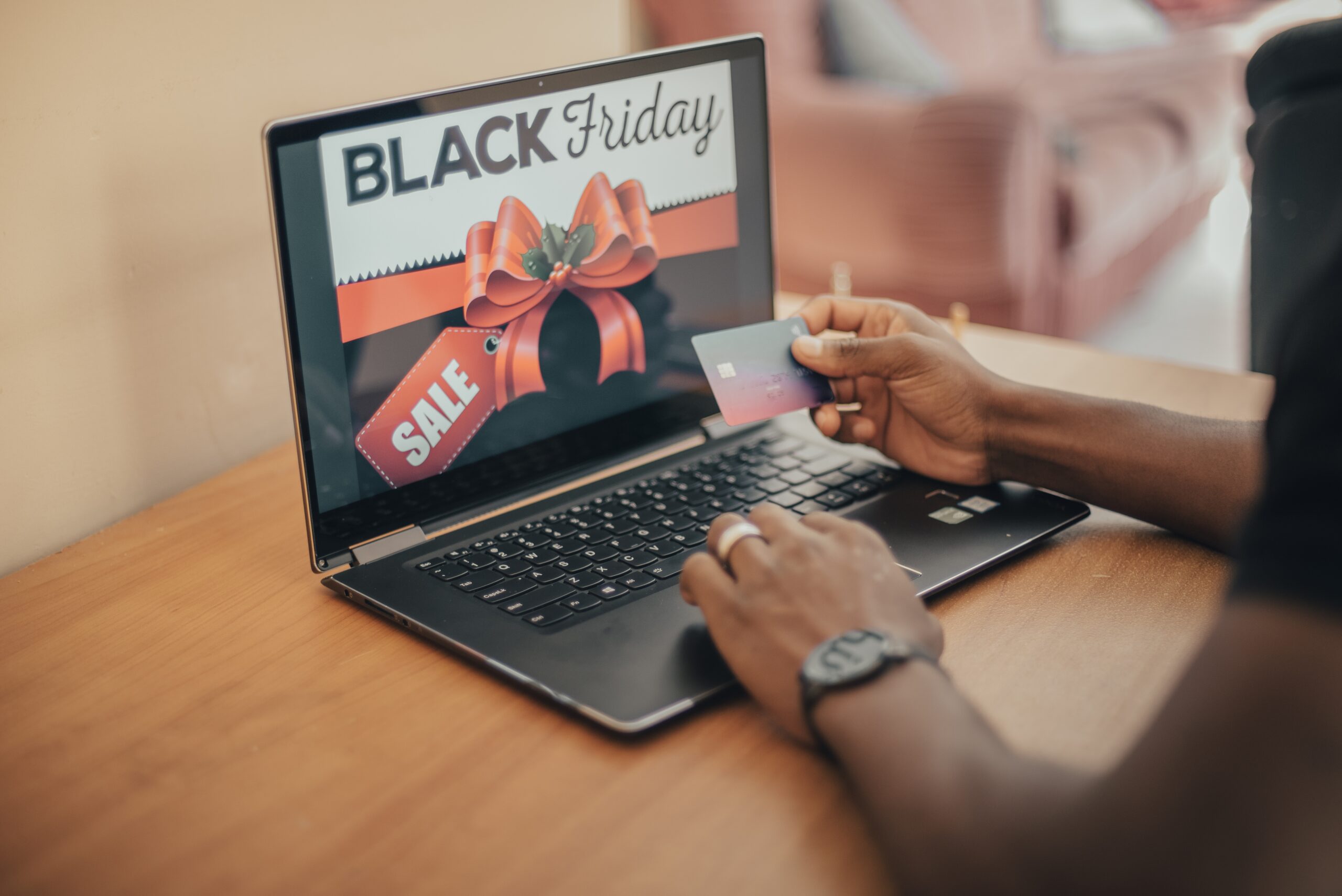Written by Jana Miller and Olivia Michel
Black Friday, once synonymous with crowded malls and chaotic parking lots, has undergone significant transformation in past years. While the core excitement of this annual shopping extravaganza remains, the ways in which consumers engage with it have evolved, blending tradition with the conveniences of the digital age.
Gone are the days of a singular, frenzied day of deals.
Black Friday has expanded into a season, spanning several months from back-to-school specials to December 24, catering to the diverse needs of today’s consumers. Families, whether extended, blended, or connected across borders, are on the lookout for budget-friendly gifts, driving the demand for better deals throughout the extended shopping period. Shoppers can find sales such as “Black Friday Warmup Sale” or “Early Bird Sale” beginning as early as October.
Online shopping has become an integral part of the Black Friday experience, catering to a tech-savvy audience. Not only has Black Friday morphed into a months-long ordeal, but Cyber Monday has also lengthened its stay, allowing for shoppers to find the best deals from their living rooms, all month long.
While the traditional in-person Black Friday experience persists, the hours have transformed. For many, Black Friday is about the thrill of the experience. In the past, dedicated shoppers camp out days before, while others join the fray last-minute, well aware that the coveted “doorbusters” may have already been claimed. This year, we aren’t seeing the “Door Buster” signs and alerts, as most are shopping Black Friday deals throughout the whole month of November, or from the comfort of their homes. Gone is the mad rush to find your PS4 at Best Buy, or a new Keurig at Target. The new Keurig has been 50% off since October 31!
So, how does Black Friday continue to captivate shoppers in the digital age?
Geo-targeted deals and mobile alerts seamlessly blend tradition with the convenience of modern technology, creating a unique and dynamic shopping experience. While perusing the web is still a valid Black Friday tradition, mobile options such as Tik Tok shop have opened up the playing field. Consumers can find their favorite brands at extreme discounts in one click while getting their daily dose from their “For You” page. Furthermore, brands are buying into gift-giving technology, such as Kohls who is introducing “Kohl’s Storybook Magic”, an interactive gift-giving AI platform. Customers can input their gift recipient’s hobbies or favorite things and receive a personalized story and gift inspiration.
For Millennials and Gen Z who grew up waiting for doorbuster sales, brands would be smart to target these audiences with social media campaigns and influencer marketing, as they transition from brick-and-mortar shopping to online shopping. According to Deloitte: Black Friday – Cyber Monday Embraced as Consumers Seek Deals to Stretch their Budgets, “Both generations are set to be the largest segments of Black Friday/Cyber Monday shoppers.” Focusing on key messaging to target the younger generations will help to win them over in this highly saturated market.
When shopping, Gen Z look for brands that:
- Use transparent and authentic messaging.
- Are recommended by peers.
- Are aligned with current trends.
- Offer “buy now, pay later” payment options.
- Care about their impact on the environment.
In a world where shopping habits evolve, Black Friday remains adaptable.
As we immerse ourselves in Black Friday 2023 the question lingers: do these deals still influence consumers in today’s always-on shopping universe? As the shopping landscape continues to evolve, Black Friday adapts, ensuring that whether online or in-store, the thrill of the hunt persists in the hearts of avid shoppers






